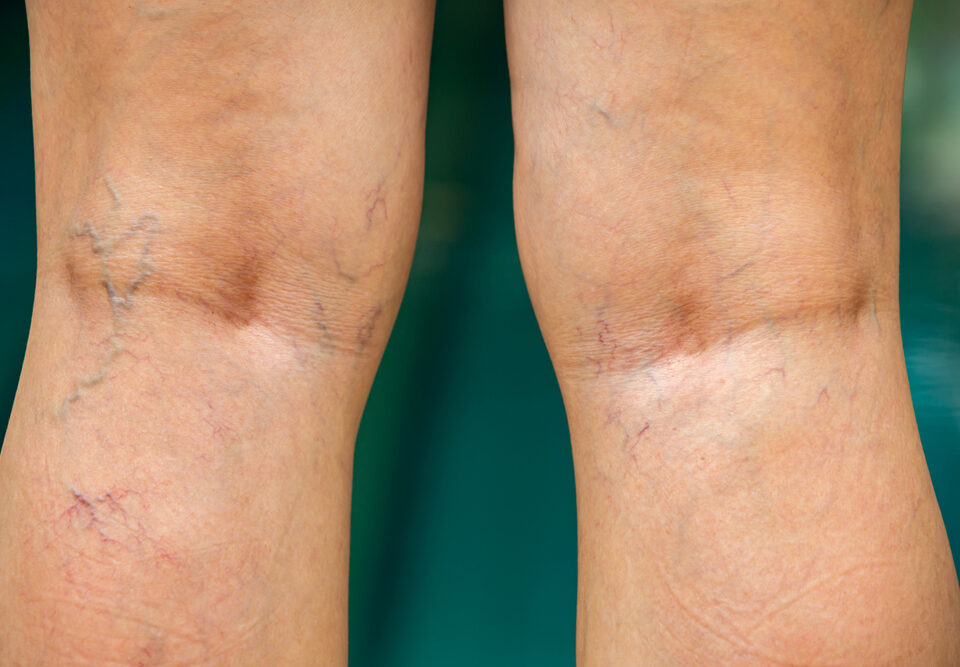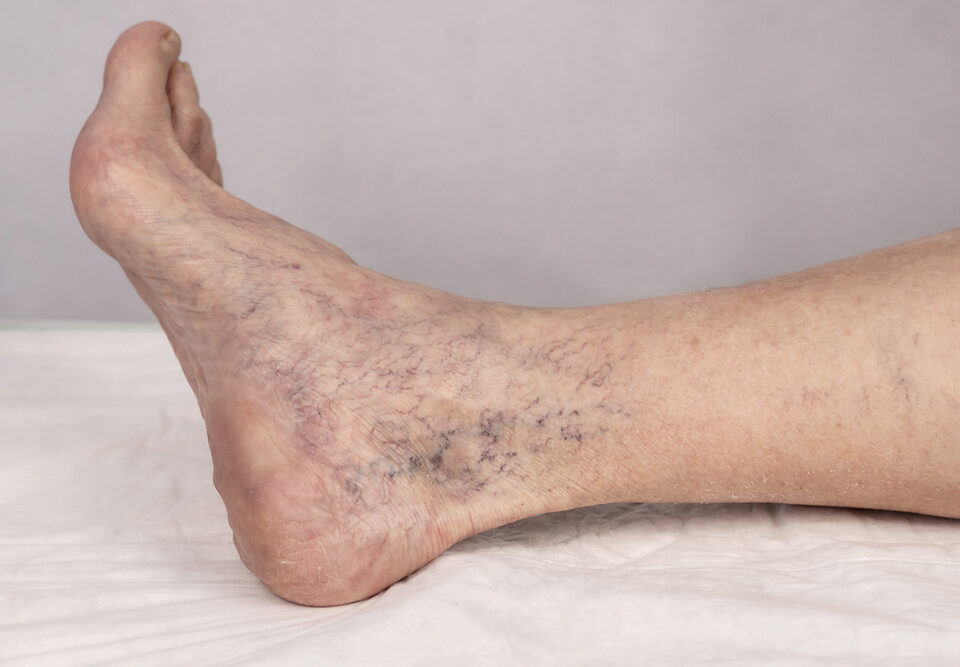Sometimes painful, achy legs can come from being on your feet for long periods or going a little overboard at the gym. Leg discomfort may also be a symptom of a vein disorder or vascular condition that can have life-threatening consequences.
In this blog, our board-certified interventional cardiologist and vascular surgeon, Saleem Saiyad, MD, shares his insights on the common causes of painful leg veins.
Why healthy veins matter
A great place to start this discussion is to define why healthy veins matter in the first place. Did you know that healthy veins play a crucial role in your overall health?
When your veins are operating optimally, they carry blood back to the heart against gravity. The pulmonary veins deliver oxygenated blood from your lungs to your heart, and veins carry this nutrient-rich blood throughout your body. It sounds simple, but don’t underestimate the critical role veins play. Every cell, tissue, and organ in your body relies on receiving oxygenated blood to perform its particular function properly.
For everything to play out perfectly, one-way valves inside the veins should be in top shape so that blood flows in one direction. When the valves are damaged or weakened, blood pools or leaks backward.
A wide range of issues can cause painful leg veins
If you suffer from pain derived from the veins in your legs, you could have a vascular issue, which is fairly common. In fact, according to the National Institutes of Health, about 60% of the general population has some form of vein disorder.
When addressing vascular issues and their impact on your health, some conditions are more annoying like restless legs syndrome, while others are serious and even life-threatening.
Chronic venous insufficiency
Chronic venous insufficiency occurs from damaged or weakened one-way valves in your legs. Instead of pumping blood to your heart, the damaged valves allow blood to pool in your legs or flow backward. Since deep veins in your legs account for about 90% of the blood that travels back to your heart, not surprisingly, chronic venous insufficiency may have serious implications.
Varicose and spider veins
If the chronic venous insufficiency process sounds familiar, you’re probably connecting it to two venous conditions that occur from damaged one-way valves – varicose and spider veins. These veins affect an estimated 30 to 50% of all American adults. Spider veins develop closer to the skin and, as its name suggests, look like a spider web.
Varicose veins are more pronounced, producing a knotty, bulging appearance, and typically cause discomfort, pain, or a throbbing or achy feeling. While spider veins are more of an aesthetic issue, varicose veins put you at a higher risk for developing potentially life-threatening venous conditions.
Peripheral artery disease (PAD)
One of the more serious progressive venous conditions is peripheral artery disease or PAD, sometimes referred to as the hardening of the arteries. Fatty deposits or plaque, which build up in the walls of the blood vessels, cause PAD, resulting in severely narrowed or completely blocked veins.
If left untreated, this restriction of blood flow can cause the tissue or cells in the legs, feet, or toes to die, possibly leading to gangrene, which may require amputation. PAD also puts you at a higher risk of having a stroke or heart attack.
Deep vein thrombosis (DVT)
Another serious venous condition associated with PAD, severe varicose veins, and chronic venous insufficiency is deep vein thrombosis or DVT. DVT occurs when blood clots or thrombi develop in your deep veins. Typically, the clot forms in your legs or pelvis. DVT is dangerous because the clot can break free from your vein and travel to your lungs, causing a pulmonary embolism.
Seek treatment for painful veins
Since painful leg veins are a symptom that can signal such a broad spectrum of conditions from minor to life-threatening, this isn’t the time to “wait and see.” Discuss your symptoms right away with your doctor to get to the bottom of the cause and develop an appropriate treatment plan.
Specifically, we do a thorough medical history and physical exam, including a leg evaluation to check for conditions like varicose and spider veins as well as swelling, and leg discoloration. We conduct an ankle-brachial index (ABI) test to compare the blood pressure in the lower limbs with the upper limbs or do an angiography, vascular ultrasound, or blood test to reach a diagnosis.
If you suffer from achy leg pain that doesn’t go away, contact Premier Vein & Vascular for an evaluation today. Schedule an appointment online at one of our offices in Tampa or Largo, Florida.





